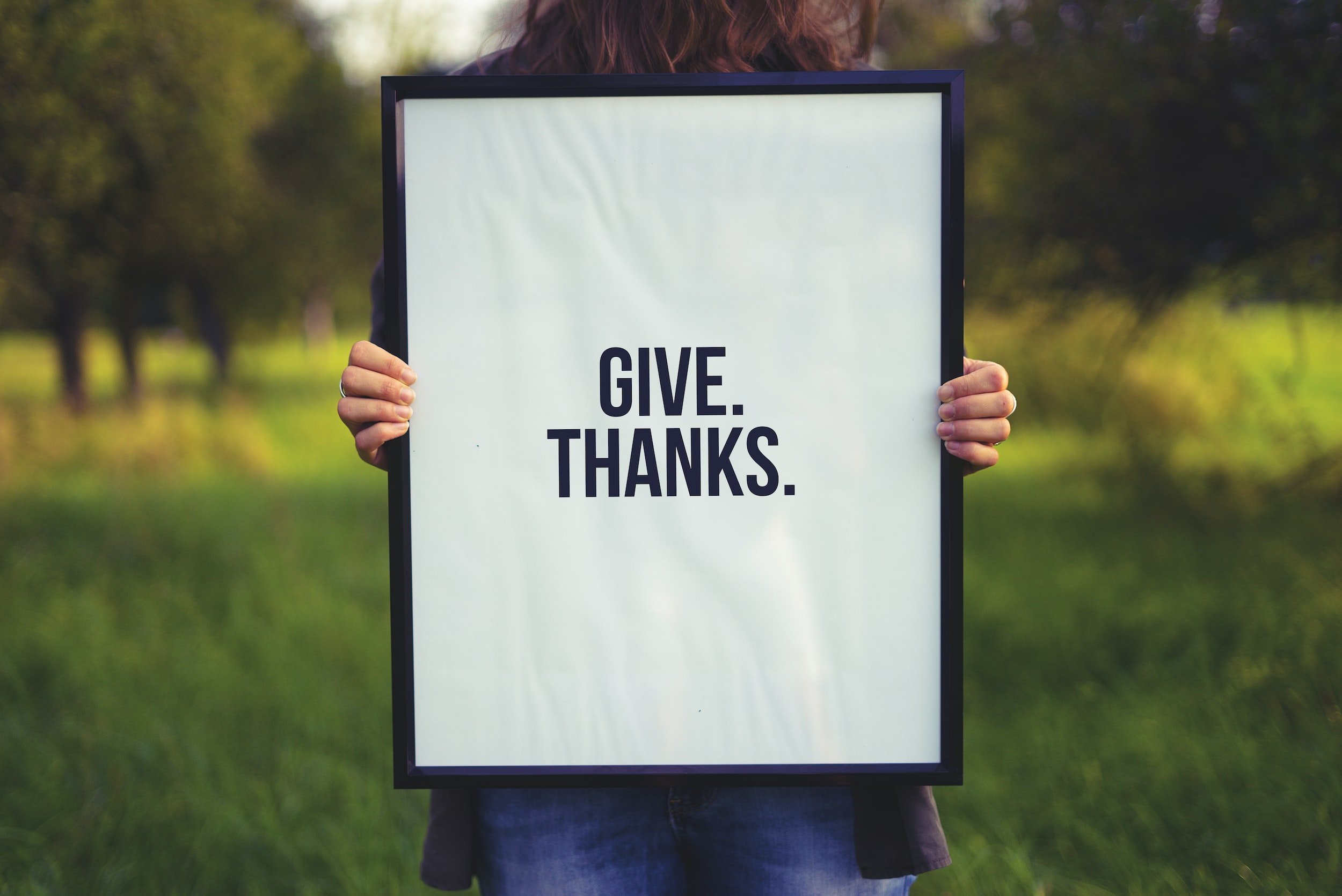
01 Sep How to Start a Gratitude Practice
by Dr. Katie daCruz, PhD
Practicing gratitude has been shown to have broad effects, such as reducing feelings of loneliness, experiencing more joy and happiness, increasing life satisfaction, and improving our relationships by expressing more compassion, kindness, and helpfulness. Taking time for gratitude means taking time to notice and reflect upon the things for which we are thankful and to experience the positive emotions that come during this reflection. Paying attention to each of these small moments can add up overtime to greater well-being.
Another wonderful thing about building gratitude is that it isn’t difficult. And in fact, the more times you practice bringing your attention to the good, the easier it will be to notice the good and to find more things for which to feel grateful.
Here are some ideas for building more gratitude into your day:
-
Keep a Gratitude Journal. Establish a daily practice in which you remind yourself of the gifts and good things you enjoy. Try to think of three good things each day. And write them down. The things you list can be relatively small in importance (my five minute coffee break today) or relatively large (I got the promotion I’ve been working hard to get). The goal of the exercise is to remember a good event, experience, person, or thing in your life and then to take some time to enjoy the good emotions that come with remembering it. If you already keep a daily journal or diary this is a great thing to add.
-
Imagine your life with and without positive events or people. Take a moment to think about a positive event in your life, such as an educational or career achievement, the birth of a child, meeting a special person, or a meaningful trip you took. Consider what had to happen for this to occur and then write down all of the possible events and decisions—large and small—that could have gone differently and prevented this event from occurring. Imagine what your life would be like now if you hadn’t enjoyed this positive event and everything that has come with that event or person. Now, remind yourself that this event did happen and appreciate that the benefits were not inevitable. Allow yourself to feel grateful that things happened as they did.
-
Share Your Gratitude with Others. Research has found that expressing gratitude can strengthen relationships. So the next time your partner, friend or family member does something you appreciate, be sure to let them know. And try to be specific, such as “thank you for inviting me over for dinner so I didn’t have to cook after a long day.”
-
Try a Guided Meditation on Gratitude. Many popular mediation and relaxation apps have meditations or other guided exercises for thinking about what you are grateful for. You can also find a 10 minute gratitude break at UC Berkeley’s Greater Good Science Center’s website.
-
Incorporate Gratitude into Family Conversations. Think of adding conversations about gratitude to family dinners or drives in the car. For example, ask your family members to share three good things that happened to them during the day. The Science of Happiness Podcast has some great examples of gratitude conversations with kids in action.
If you’d like more support with improving your well-being, consider working with a therapist. Contact us at (734) 323-4897 or info@galvingrowthgroup.com for more information. Our team of psychologists is based in Novi, Michigan and can assist anyone in the state via teletherapy.
Katie is a G3 Limited License Psychologist & Contributing Writer.


